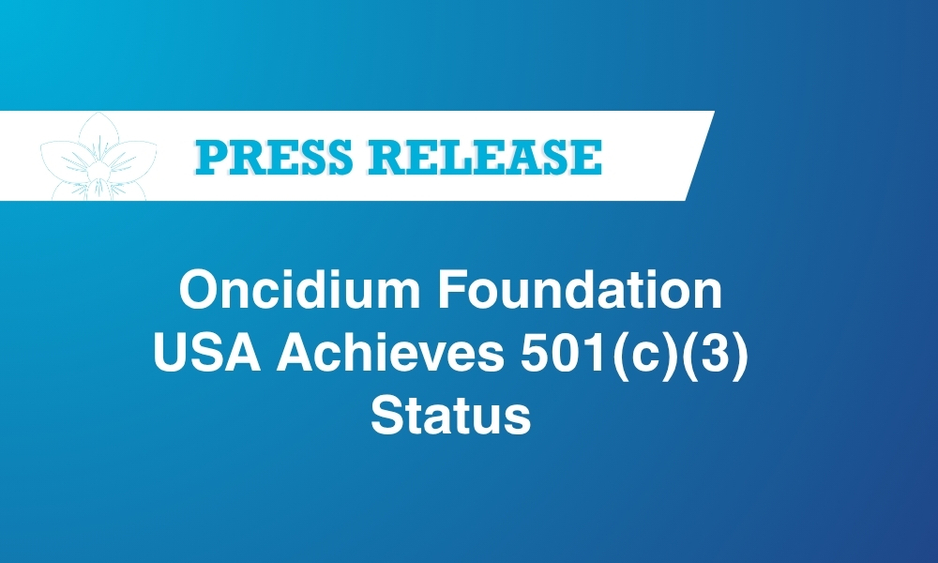Interviewed by our USA ambassador, Jessica GUARNASCHELLI, for the #BlueNovemberWithRadiotheranostics, Dr Alison Armour shares insights on the early challenges, scientific breakthroughs, and the transformative potential of molecularly targeted radiation in oncology.
Dr Alison Armour, MD., FRCP., FRCR, is an oncologist and global leader in radiopharmaceutical innovation. She was instrumental in the clinical development of the first approved PSMA-targeted radioligand therapy for metastatic prostate cancer. During her time as Chief Medical Officer at Endocyte, she helped design and lead the landmark VISION trial, establishing radiotheranostics as a new standard of care in prostate cancer.
Jess: The VISION trial was a landmark study — what were the main considerations when designing it?
Dr. Armour: There were three core elements that shaped the trial design for the VISION study and included the patient population, comparator arm, and strategic endpoints.
The primary endpoint for regulatory approval is typically overall survival (OS). For the VISION trial, we chose co-primary endpoints of radiographic progression-free survival (rPFS) and Overall survival. VISION was initially designed with OS as the sole endpoint, but after consultation with regulators, rPFS was added mid-trial.
Theranostics allowed us to select patients whose tumors expressed the PSMA target, increasing the likelihood of benefit. Fortunately, most primary and metastatic prostate tumors express PSMA. However, if a lesion lacked PSMA expression and was in a critical location (e.g., spinal cord compression or a large mediastinal mass), we pragmatically excluded those patients, as such lesions were unlikely to respond, and patients should receive definitive therapy.
The comparator arm was one of the most challenging decisions we needed to make. We had to ensure patients in the control arm received the best available standard of care. Since PSMA-617 was added to SOC, we excluded agents like radium and chemotherapy due to potential additive bone marrow toxicity.
Jess: What made PSMA-617 a compelling therapeutic target for prostate cancer?
Dr. Armour: Ideal targets are highly expressed in tumor tissue and minimally present in normal tissue. PSMA fits this profile—it’s abundant in prostate cancer and largely absent elsewhere, with low expression in salivary glands, renal tubules, and the duodenal brush border. Early clinical data showed salivary gland toxicity as the primary on-target adverse effect. Notably, antibodies bind a different PSMA epitope and tend to cause less salivary gland toxicity.
Jess: Can you discuss the rationale for choosing Lutetium-177 as the radionuclide for PSMA-617?
Dr. Armour: Lutetium-177 had the most clinical experience and practical advantages as it has a 6.7-day half-life support in manufacturing and distribution. Beta emissions have a shorter path length than some isotopes like Yttrium-90 or Iodine-131, reducing bone marrow toxicity. In patients with high tumor burden, initial cycles concentrate radiation in tumors. As tumors shrink, normal tissues may receive more exposure—an important consideration for later cycles.
Jess: What lessons were learned from other studies that informed the VISION trial’s final protocol?
Dr. Armour: One of the greatest challenges in designing the VISION trial was the absence of robust phase 1 and randomized phase 2 data, which is typically critical for determining the appropriate size and structure of a phase 3 study.
Jess: The trial showed improvements in both overall survival and radiographic progression-free survival — which of these do you view as most clinically meaningful?
Dr. Armour: Both endpoints carry clinical significance. Delaying tumor progression can have a profound impact on patients and their families—especially when progression occurs in critical areas like the vertebral column, where complications such as vertebral collapse or spinal cord compression can be devastating. That said, overall survival remains the most definitive and universally meaningful measure of therapeutic benefit
Jess: What were the biggest operational or regulatory challenges encountered during the trial’s global rollout?
Dr. Armour: Undoubtedly, the greatest operational challenge was securing a reliable supply of isotope and coordinating drug dosing across clinical sites. We also quickly recognized the additional infrastructure required to initiate a trial involving a radioactive therapeutic, such as navigating radiation safety committees and implementing site-specific protocols for handling radiopharmaceuticals.
Jess: Looking back, what was the most pivotal decision that advanced PSMA-617 to clinical success?
Dr. Armour: The most critical turning point was our proactive engagement with the FDA. At the time of the VISION trial’s creation and design, the proposed regimen and administration would be six cycles of 177Lu-PSMA-617 administered every six weeks. This administration schedule was not widely adopted. Our team took a deliberate approach to demonstrate to the FDA its safety, outlining the rationale behind the dosing schedule and detailing the safeguards we would implement to protect patients. That regulatory dialogue was instrumental in moving the program forward with confidence and clarity.
Jess: How do you approach balancing scientific rigor and clinical pragmatism / common sense in trial design?
Dr. Armour: When we started, we faced several unanswered basic questions: What defines a positive scan? How should we handle patients who exhibit a disease that doesn’t uniformly express the PSMA target? What is the optimal dosing frequency, schedule, and cycle length?
Given these uncertainties, we made pragmatic decisions grounded in clinical judgment. We spoke to several experts in prostate cancer and nuclear medicine. Nuclear medicine physicians played a key role in helping us define what constituted a PSMA-positive lesion. I made the clinical decision to exclude patients with clinically critical lesions that were PET-positive but PSMA-negative, as those areas were unlikely to respond and required alternative approved therapies or palliative radiation.
While I would have liked the opportunity to further optimize the treatment regimen, I was confident that the six-cycle, six-week schedule was both safe and effective for the patient population we selected.
Jess: Finally, what excites you most about the next decade of molecularly targeted radiation?
Dr. Armour: Wow- I’m genuinely excited about where the field is headed. The introduction of Pluvicto marked a major milestone and brought radiopharmaceuticals into mainstream oncology. I believe that within the next ten years, theranostics will be solidly integrated into standard clinical practice.
Theranostics exemplifies precision medicine: we can now identify patients most likely to benefit based on molecular imaging, allowing for more targeted and effective treatment. That said, I don’t see it significantly augmenting modern hypofractionated external beam regimens, which already deliver highly biologically effective doses to the primary tumor.
What’s especially promising is the next wave of innovation. We’re now developing molecules specifically engineered to carry novel isotopes to new targets. I believe these new agents have the potential to become well-tolerated outpatient therapies. However, to fully realize their potential, we’ll need to integrate them with other systemic strategies—particularly DNA repair inhibitors and immune modulators. With DNA repair inhibitors, our goal is to maximize tumor damage. In these combinations, delivering the highest possible dose as frequently as tolerated will likely be key to enhancing efficacy. With immune therapies, a more nuanced approach will be required. This is a transformative moment for oncology. The convergence of radiopharmaceuticals with targeted and immune-based therapies opens up an entirely new therapeutic paradigm.
This interview is part of the #BlueNovemberWithRadiotheranostics campaign.
During November, we’ll share new content showcasing the benefits of integrating radiotheranostics into the prostate cancer care pathway and practical ways to implement it. Access here >>




